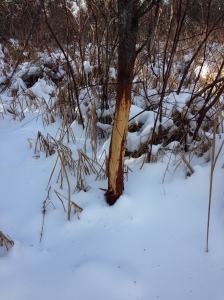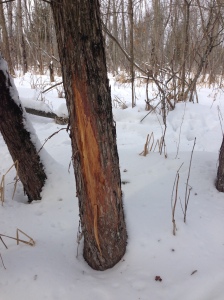Dr. Grant Woods of Growing Deer TV has truly taken deer management to the highest level. Him and his team manage predators, the property, the food sources, and the deer herd. He has taken his management practices to truly cover all there is to cover. This practice is far from easy, it requires year round efforts to balance and maintain population levels. It is by doing this that a trophy hunter can truly reap the benefits of his work. Work leads to results. Over time years of work leads to truly exceptional results. For Dr. Grant woods and Growing Deer TV success is plentiful. Years of effort have created a unique property that is great for deer hunting. Managing predator populations and truly providing deer with exceptional nutrition has resulted in a fine deer population.
In his most recent episode Dr. Woods and his team wrap up their predator trapping season and discuss the importance of post-season food sources. Check out this episode for ideas to improve your property from a predator and a food source standpoint. These small efforts each season will eventually produce exceptional dividends.


